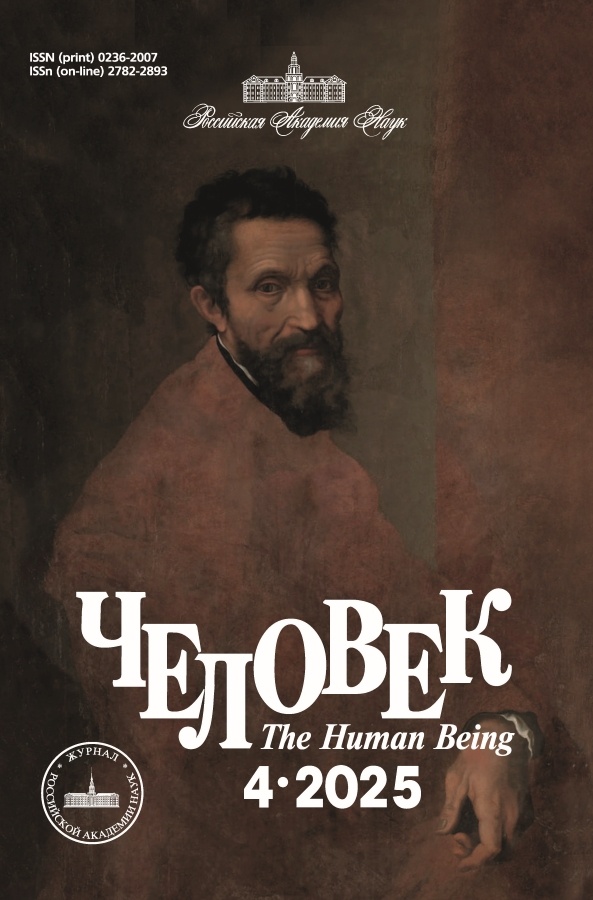Volume 36, Nº 4 (2025)
Scientific research
Post-Agrarianism and De-Urbanization: A New Look at the Non-Urban Perspective (History, Models, Theoretical Approaches)
Resumo
 7-35
7-35


The Cultural Foundations of Sustainable Urban Development
Resumo
 36-57
36-57


Social practices
Urban-Related Identity — How to Measure It?
Resumo
 58-73
58-73


City Imaginary Boundaries
Resumo
The problem of city perception through imagined boundaries is analyzed. The city is considered as а space, that a person imagines and experiences thorough a continuum of meanings, formed by a set of ideas about urban space and time. This study focuses on urban imaginary boundaries that are formed based on urban imaginary functioning patterns. The author draws on the scientific statements of B. Anderson, who identified the collective imaginary concept, E. Soja, who demonstrated that a city is represented as both real and imagine by a person, and A. Lefebvre, who suggested that a person experience the city on the base of the imaginary. Urban imaginary boundaries are the semantic facets that symbolically encode what the city and the non-city is based on citizens’ ideas. In the article two vectors of urban imaginary boundaries’ structuring are revealed: 1) through identifications codes, setting the distinction “one’s own” and “others”, including through belonging to the urban space, and providing an imaginary belonging for people, who are unfamiliar with each other, to citizens and to the city; 2) through the urban imaginary’s temporal aspect, revealed in the culture city memory categories that define the structure of collective ideas about a city through images of the city’s past. To the non-city, which is outside the imaginary boundaries, the author refers to all those urban space objects and practices that are not symbolically and mentally related to citizens’ urban ideas.
 74-91
74-91


Why Do Humans Need Time: Changing Temporal Boundaries in the Context of Labor Fragmentation
Resumo
 92-108
92-108


Symbols. Values. Ideals
The Union of Philosophy and Literature As an Essence Constant of Russian Spiritual Culture
Resumo
 109-123
109-123


The Collisions of Russian and American Anarchism at the Beginning of the 20th Century
Resumo
 124-147
124-147


Times. Morals. Characters
Jouissance: The Role of Repetition and Avoidance Strategies
Resumo
 148-163
148-163


The Space of the Soviet Person: City in the Context of Identity Formation
Resumo
 164-178
164-178


Contemporary Practical Anthropology: Philosophy in Practice — Eating (In) Theory
Resumo
 179-191
179-191











